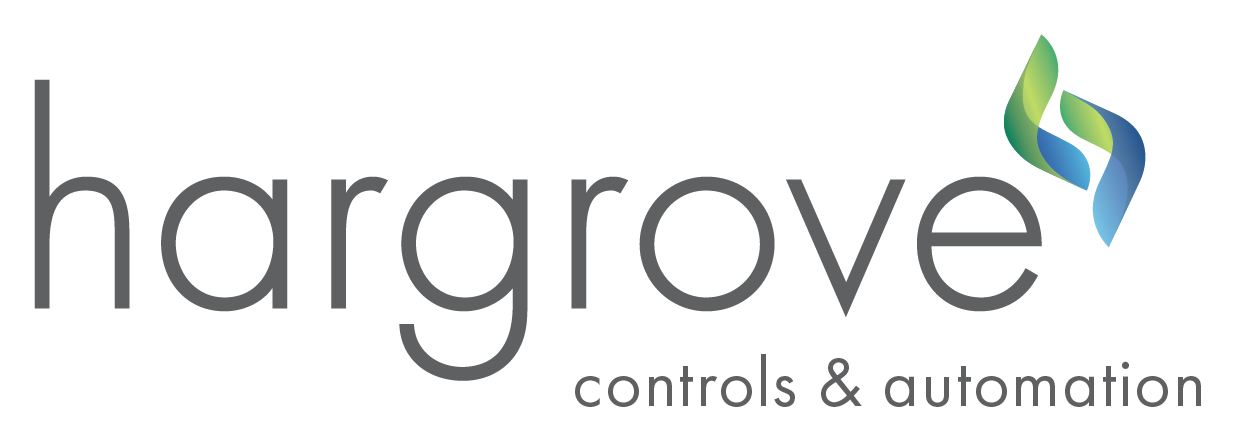3 Things You Must Get Right About Your Process Safety Program

If you are new to deciphering the requirements of Process Safety Management (PSM) from OSHA for instrumented safeguards, the documents can be quite daunting! While it is imperative to implement down to the last detail, it can be helpful to have a few high-level guideposts to frame your understanding of the documents and the requirements.
ANSI/ISA-84.91.01-2012, Identification and Mechanical Integrity of Safety Controls, Alarms, and Interlocks in the Process Industry, sometimes referred to as ISA-84.91.01, clarifies the PSM requirements in more detail.
You must have unique identification of devices used for SCAIs

Safety controls, alarms, and interlocks (SCAIs) must be easily identifiable by all. You might use different wires, specific wire colors, or put a tag on the device. This is important for everyone’s awareness; there should be no confusion about whether someone is working with a safety device, so they know to treat it with a level of respect a notch about regular controls.
Takeaway: Each facility must determine how they will identify SCAIs, what the procedures are for labeling, and how that information will be communicated. While this is crucial for internal understanding, you also may have a project where you give that document to a contractor like Hargrove, so they can keep their project in line with internal procedures.
You must have a maintenance integrity program
The second main requirement is periodic testing and maintenance. we want to make sure that it works. For SCAIs, you will follow the manufacturer’s recommendation – usually listed in the manual- for maintenance frequency and procedures.
Inspection and tests must be documented and include date, persons performing the test, equipment identifiers, test description, and results.
Other standards cover specifically SIS-qualifying components. However, all SCAI components have some involvement in keeping a facility safe. Therefore, maintenance, while not required to be documented for OSHA, should still be performed on these components regularly. When faults or errors occur, no matter the designation, a plan should swiftly be made to investigate and resolve the issue.
The standard sets general requirements for mechanical integrity and maintenance for SCAI. A more recent term for mechanical integrity in this context is Automation Asset Integrity (AAI).
Takeaway: Each facility must write procedures to ensure maintenance is completed in a timely manner. Many facilities use their ERP software, which houses the procedures, and can incorporate the calendar, reminders, and staffing.
Build a culture of safety where SCAIs are treated with the utmost respect and urgency – but no fault or error is allowed to be ignored.
You must use best practices for design and installation

The third idea to keep in mind about your process safety program is that you must use best practices for design and installation. In many cases, this involves following the manufacturers’ recommendations, which can be very detailed. It also involves following industry best practices, which may not be as readily accessible as those listed in a manufacturer’s manual. They can be highly detailed and complex.
Takeaway: Working with an experienced company that follows and designs these best practices daily is highly advisable.
Looking ahead
A joint work group (JWG)between the ISA 84 and ISA 18 committees is currently developing a new standard, ISA-84.91.03, that will create a lifecycle for non-SIS instrumented IPL safeguards and clarify the scope distinction between 84.91.01 and 84.91.03. 84.91.03 is being developed by a joint workgroup of the ISA84 (SIS) and ISA18.2 (Alarm Management) committees. The standard drafts have been changing significantly and will likely continue to evolve.

